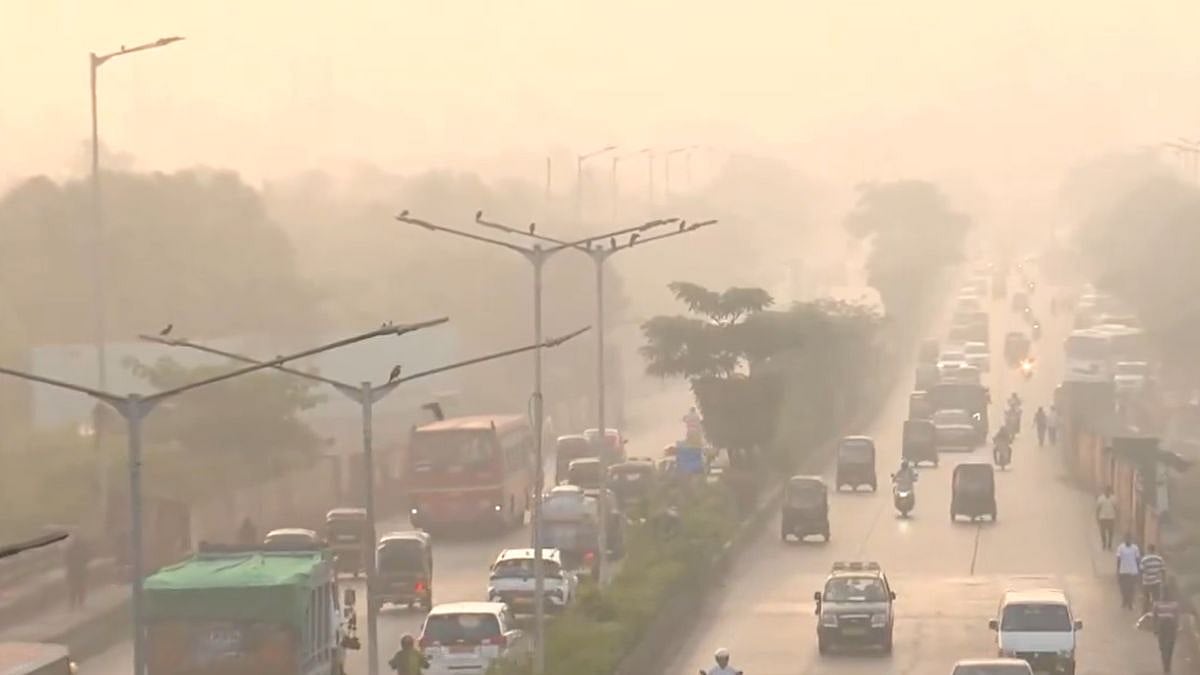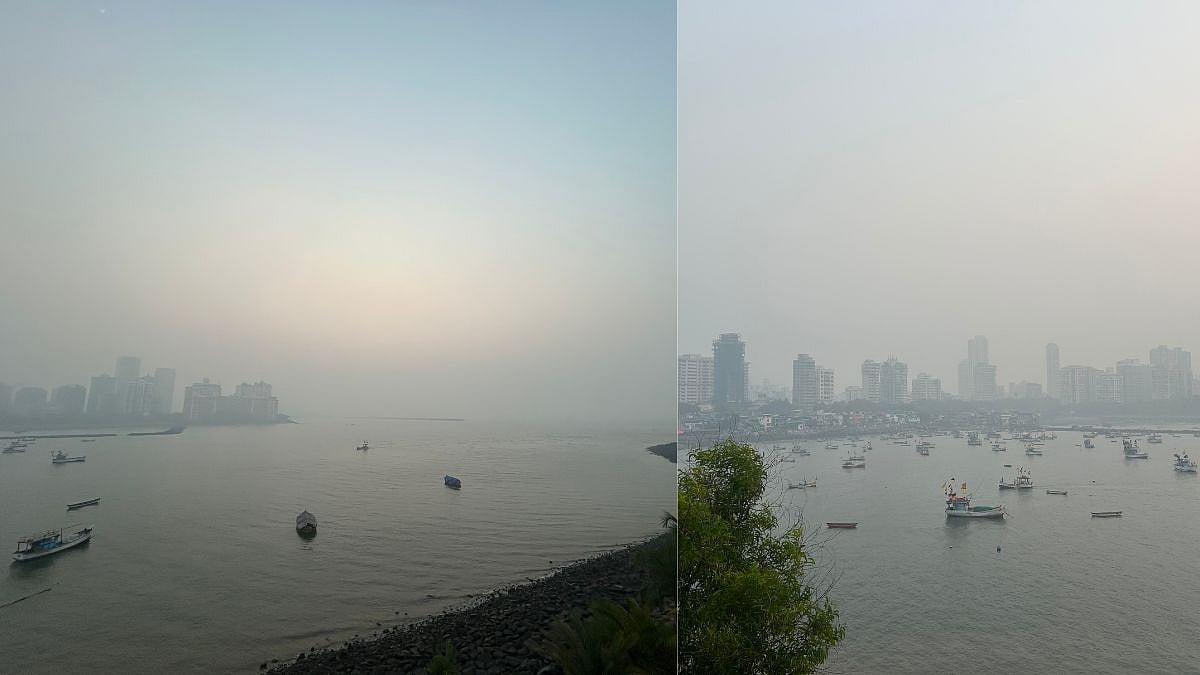Mumbai: Mumbai woke up on Tuesday to a mild and noticeably cooler morning, with minimum temperatures dipping just below 23°C. Early risers stepped out expecting a pleasant start to the day, but many were met instead with a dense blanket of smog hanging low over the city’s skyline. Commuters reported reduced visibility, eye irritation and breathing discomfort, highlighting the growing rise of pollution-related ailments across the city.
What began as a refreshing early morning soon turned into a stark reminder of Mumbai’s worsening air-quality crisis. A thick haze clung stubbornly to major roads, residential belts and commercial zones, with light winds doing little to disperse the pollution that has been steadily accumulating throughout November.
The India Meteorological Department (IMD) stated that clear skies are likely to persist through the day, with maximum temperatures expected to climb to around 34°C by afternoon. The report added that while the early-morning chill may continue for a few more days, there is no immediate clarity on when the city’s deteriorating air will see meaningful improvement.

Overall AQI Remains In Severe Category
Mumbai’s overall Air Quality Index (AQI) touched 316, placing it squarely in the severe category today. This represents a steep spike compared to readings earlier in the month, when several locations still fell under moderate or poor categories. Today’s data, however, showed a widespread decline across industrial belts, coastal zones and densely populated residential suburbs.
The Wadala Truck Terminal recorded the day’s worst air with an AQI of 364, indicating deeply hazardous levels. Chembur (338) and Colaba (337) followed closely, both registering severe pollution. Western neighbourhoods such as Juhu (332) and Worli (331) also reported severe readings, showing that the pollution wave has spread uniformly across the city’s eastern, western and central corridors.
Also Watch:
Suburban pockets showed slightly better but still troubling numbers. Kandivali East reported the lowest AQI of 140, placing it in the poor category. Other major zones, including Sion (302), Mumbai Airport (308), Malad West (308) and Bandra (310), all remained under the severe category.
For reference, AQI between 0–50 is considered good, 51–100 moderate, 101–150 poor, 151–200 unhealthy and anything above 200 severe or hazardous, a range into which large swathes of Mumbai have now fallen.
To get details on exclusive and budget-friendly property deals in Mumbai & surrounding regions, do visit: https://budgetproperties.in/







